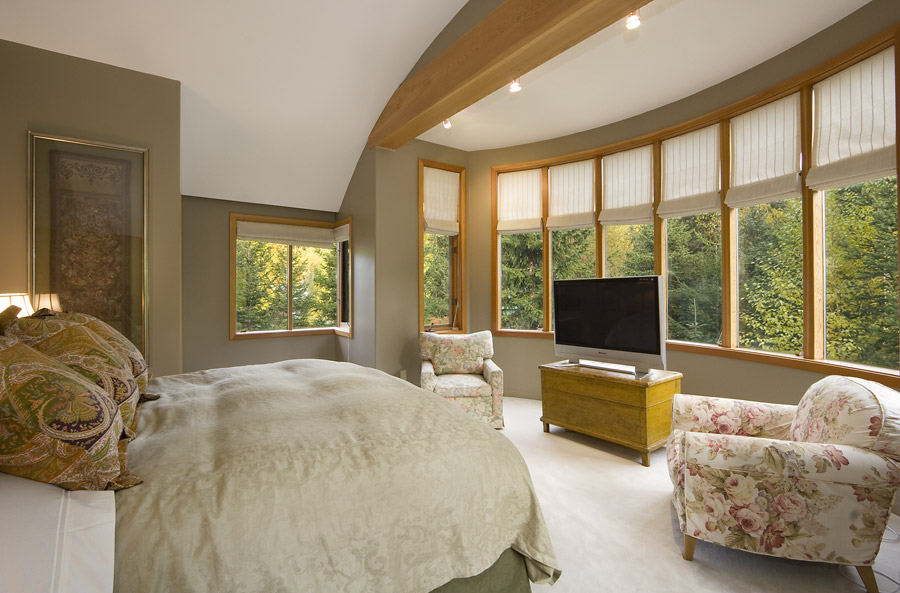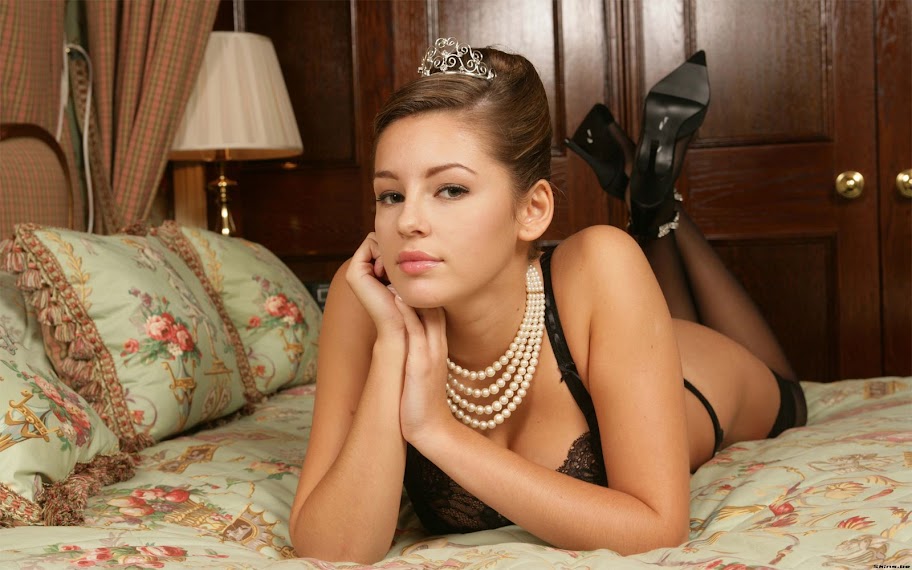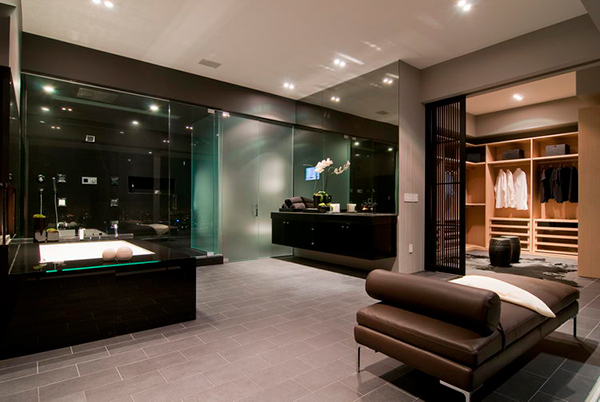|
|
|---|
Wednesday, May 13, 2009
While homes today are not usually constructed with 18" deep baseboard moldings, hand-laid herringbone-patterned hardwood floors, or elaborate carved plaster ceiling and wall decorations, there are elements of the formal style of decorating that can be added to more modern homes.
One of the most distinguishing features of interior spaces and homes decorated in a formal style is the symmetry of windows, furniture, artwork, and flooring. These elements are most often arranged in exact pairs on a straight axis around the room.
In a formal style interior, a central focal point draws the eye. It might be a beautiful picture window looking out to a perfectly manicured lawn. The focal point might be a fireplace in the center of the longest wall. Or the focal point might be an exquisite piece of furniture.
A formal style of decorating fits best in a home with high ceilings, large and tall windows, and architectural features such as a large fireplace mantle or beautifully paneled walls.
Since formal style interiors are decorated to attract the attention and possible envy of others, highly polished woods, glistening mirrors, luxurious and sensual fabrics, sparkling crystal chandeliers and wall sconces, highly polished brass window and door hardware, and unique and interesting pieces of furniture are important.
Furniture and accessories in formal interiors are often antique or fine reproductions. Woods used are generally dark and rich looking, but lighter woods are often used for decoration. Imported Oriental rugs cover polished hardwood floors. The original artwork is often elaborately framed in hand-carved gilt frames. Crystal light fixtures sparkle on the walls and hang from the center of the ceiling.
The details of formal style decorating are:
- Pairs of furniture and accessories
- Shiny wood, fabric, and metals
- Tall windows with elaborate coverings
- Antique furniture and accessories
- Original oil paintings and lithographs
- Persian carpets and Oriental rugs
- Chandeliers and light fixtures of crystal or brass
- Decorative trims of tassels and fringe
- Carved details on wood furniture
Of course, just because you love the look of a formal interior doesn't mean that it will suit your home or lifestyle. But you can use some of the elements to create a formal home for today's living.
- Soften tightly upholstered furniture pieces with decorative, comfortable pillows.
- Choose lush-looking durable fabrics in place of silks and velvets.
- Feature one or two uncomfortable formal pieces, but place more practical pieces of furniture around the room for everyday use.
- Incorporate formal trim and fringe on sensible upholstered furniture, comfortable pillows, draperies, and valances.
- Add ruffles and tassels on accessories such as tablecloths and table runners, but make them out of easily-cleaned fabrics.
- Instead of searching for perfectly matched pieces to create a perfectly symmetrical room, find pieces that are similar in size, density, and style.
- Or arrange the furniture for a formal look by having pairs of chairs, pairs of tables, and pairs of lamps. Arrange them on either side of a sofa, picture window, armoire, or dominant work of art.
- Decorative painting techniques can imitate the look of upholstered silk walls and are much more practical.
- Wooden furniture (case goods) is usually of a dark tone. Mahogany, walnut, and oak, as well as exotic hardwoods are used for their fine grain and elegant look. Wooden furniture pieces are polished to a high shine. For an active home, use several layers of lacquer or polyurethane to create a durable finish.
- Wooden inlay and marquetry, gold-leafed ornamentation, and polished brass hardware are hallmarks of formal pieces. Achieve the look of hand-carving by applying die-cut decorative pieces on furniture. Period or reproduction pieces might have leather trim or a marble top.
Labels: Interior Decorate














